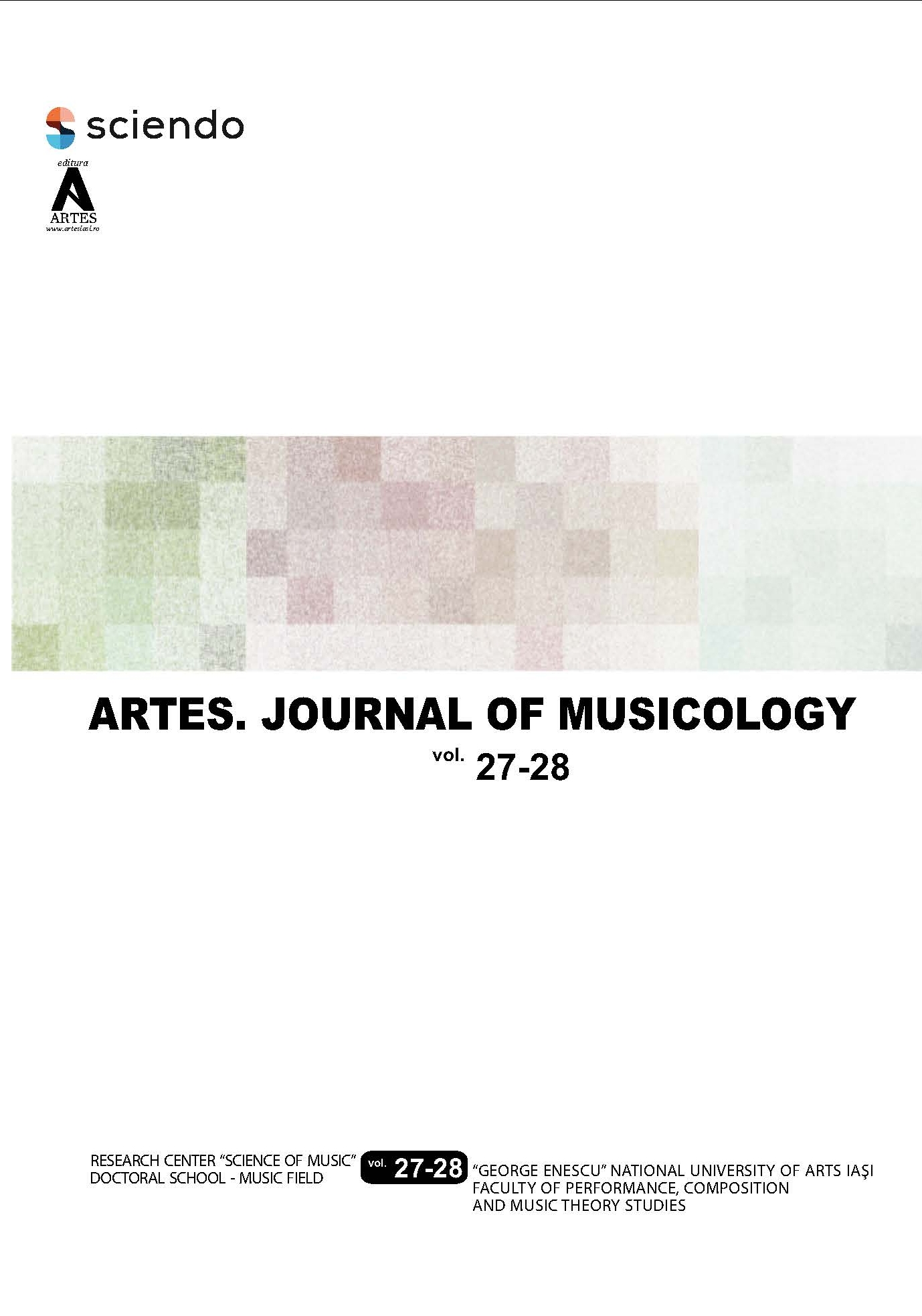Six miniatures for violin and piano composed by Fritz Kreisler. Formal analysis and aspects of the accompaniment technique
DOI:
https://doi.org/10.35218/ajm-2023-0013Cuvinte cheie:
Kreisler, waltz, accompaniment, piano, violinRezumat
This article treats aspects of the accompaniment technique in six of Fritz Kreisler’s most widely played miniatures: Liebesfreud, Liebesleid, Schön Rosmarin, Caprice Viennois, Tambourin Chinoise and Syncopation. The works are analysed both from a formal point of view and from an accompanist’s point of view, who has to also know in detail the soloist’s score in order to reveal certain meanders and agogic details of the musical discourse and in order to support and perfectly co-ordinate rhythmically and dynamically with the violinist’s intentions. To this end, several personal grounds related to the vision of interpretation and the problematics of the accompaniment technique are presented with solutions and suggestions of exercises of the imagination. Additionally, each analysed title is followed by a YouTube link, through which the respective track can be listened to as played by violinist Florin Croitoru, accompanied by the undersigned.
Descărcări
Publicat
Număr
Secțiune
Licență
Copyright (c) 2023 Artes. Revistă de muzicologie

Această lucrare este licențiată în temeiul Creative Commons Attribution-NonCommercial 4.0 International License.

